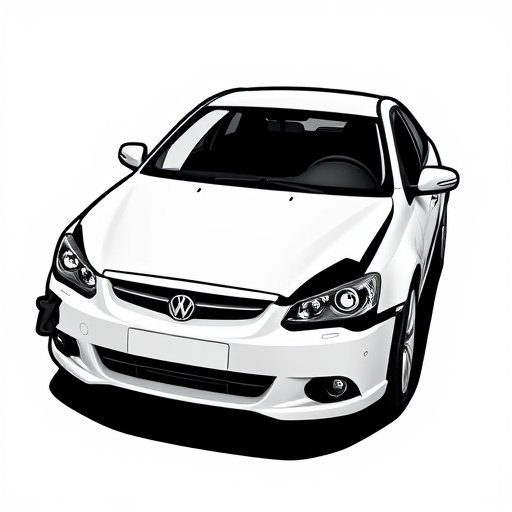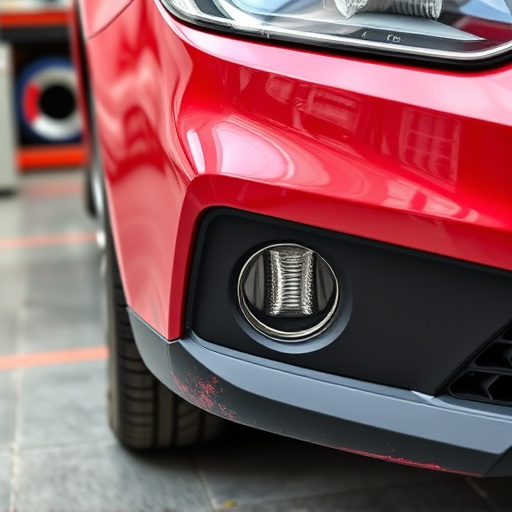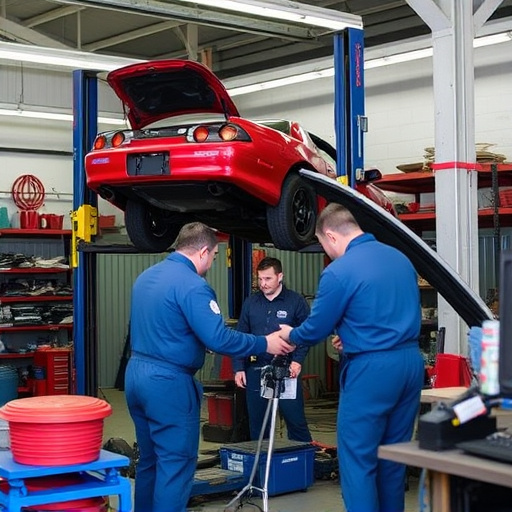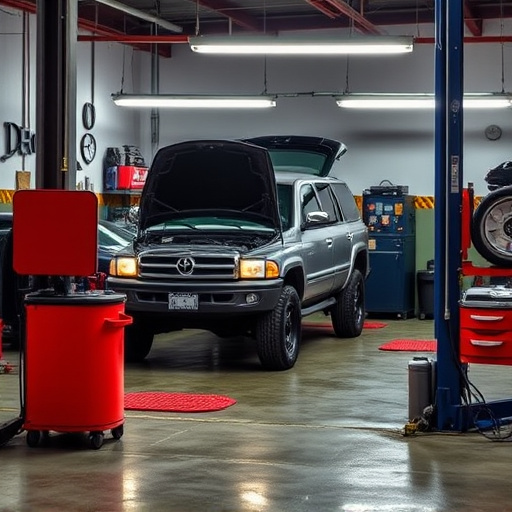The digital revolution has transformed accident repair specialists' operations through specialized software for damage assessments and estimations, enhancing communication with customers and parts suppliers, and providing quick access to vehicle models and specifications. Technology improves safety by swift issue identification, modern training platforms, and robotic systems for precise repairs, minimizing human error and speeding up turnaround times. Adoption of these tools has revolutionized the industry, enabling data-driven decisions, advanced diagnostics, and high-quality repairs that meet or exceed standards, boosting customer satisfaction and trust in accident repair specialists' services.
In today’s digital age, technology plays a pivotal role in transforming the landscape of accident repair. This evolution has brought about significant changes for specialists in the field, offering enhanced efficiency and improved safety measures. From streamlining processes to data-driven decision-making, these advancements are revolutionizing how accidents are repaired.
This article explores the various digital tools and technologies that not only optimize repair techniques but also contribute to accident prevention strategies, ultimately benefitting both repair specialists and road users.
- Streamlining Processes: Digital Tools for Efficient Repairs
- Enhancing Safety: Technology's Role in Accident Prevention
- Data-Driven Decisions: Improving Repair Accuracy and Quality
Streamlining Processes: Digital Tools for Efficient Repairs

The advent of digital tools has significantly transformed the way accident repair specialists conduct their work. By streamlining processes, these technological advancements have revolutionized both the efficiency and accuracy of vehicle repairs. From initial damage assessments to final inspections, specialized software applications enable faster and more precise estimations, ensuring that every step of the repair process is well-documented and easily retrievable.
Auto maintenance has become more streamlined, with digital systems facilitating communication between specialists, customers, and parts suppliers. This integration enhances transparency, enabling accident repair specialists to provide real-time updates on repair progress, expected completion times, and costs. Moreover, these tools often include comprehensive databases of vehicle models and specifications, aiding in the accurate identification and procurement of necessary parts for timely auto body shop operations.
Enhancing Safety: Technology's Role in Accident Prevention

Technology plays a pivotal role in enhancing safety for accident repair specialists. Modern tools and systems have been designed to prevent accidents from occurring in the first place. For instance, advanced diagnostic equipment enables specialists to quickly identify vehicle issues, reducing the risk of mechanical failures that could lead to accidents during repairs. Moreover, digital training platforms provide specialists with up-to-date knowledge on safety protocols and best practices, ensuring they stay informed about industry standards.
In the event of a collision or damage, technology also facilitates efficient and safer car dent removal and vehicle collision repair processes. Robotic systems, for example, can perform precise and consistent tasks like panel replacement, minimizing human error and enhancing overall workplace safety. These innovations not only protect specialists from potential hazards but also contribute to faster turnaround times and higher-quality car restoration outcomes.
Data-Driven Decisions: Improving Repair Accuracy and Quality
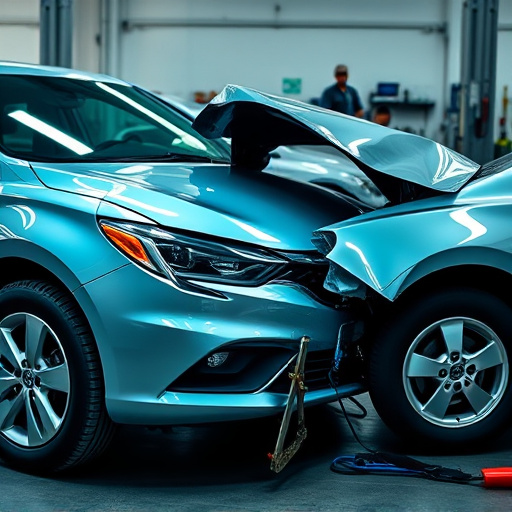
The advent of technology has empowered accident repair specialists to make data-driven decisions, significantly enhancing repair accuracy and quality. By leveraging digital tools and platforms, these professionals can now access vast databases of vehicle models, specifications, and historical repair records, enabling them to tailor their work with precision. This shift from traditional guesswork to data-backed practices has been instrumental in ensuring that repairs not only meet but often exceed industry standards.
Through the integration of advanced diagnostics software, accident repair specialists gain real-time insights into a vehicle’s condition. This allows for more effective assessment and diagnosis, especially when dealing with complex issues like bumper repair or dent removal. Consequently, the accuracy and consistency of repairs are improved, leading to higher customer satisfaction rates and fostering trust in their services, including vehicle restoration processes.
Technology plays a pivotal role in transforming the work of accident repair specialists, streamlining processes, enhancing safety measures, and driving data-backed decisions. By leveraging digital tools, these professionals can achieve greater efficiency, improve repair accuracy, and ensure higher quality standards. As technology continues to evolve, adopting innovative solutions will be key for accident repair specialists to stay competitive and provide exceptional service in a rapidly changing automotive landscape.

